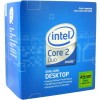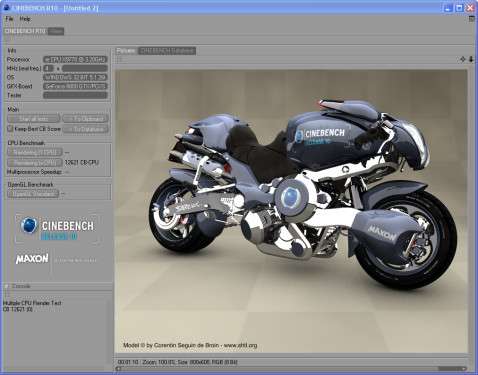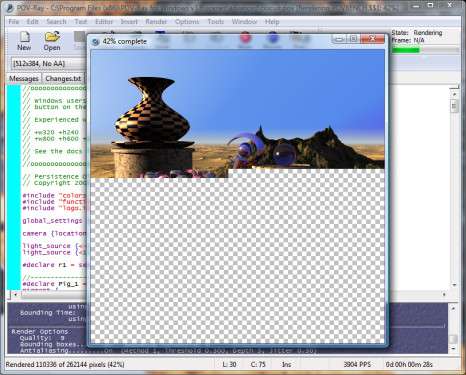- Qualcomm Launches Snapdragon 4 Gen 2 Mobile Platform
- AMD Launches Ryzen PRO 7000 Series Mobile & Desktop Platform
- Intel Launches Sleek Single-Slot Arc Pro A60 Workstation Graphics Card
- NVIDIA Announces Latest Ada Lovelace Additions: GeForce RTX 4060 Ti & RTX 4060
- Maxon Redshift With AMD Radeon GPU Rendering Support Now Available
Intel Core 2 Duo E7200 – The New Budget Superstar?

At 2.53GHz and $133 USD, the E7200 promises to become the new Dual-Core budget superstar. After taking a hard look at the upcoming offering, we would have to readily agree. Overclocking only sweetens the deal further, with 3.0GHz on stock voltages being more than possible. We have a winner!
Page 7 – Multi-Media: Cinebench, POV-Ray
Cinebench R10
Like 3DS Max, Cinema 4D is another popular cross-platform 3D graphics application that’s used by new users and experts alike. Its creators, Maxon, are well aware that their users are interested in huge computers to speed up rendering times, which is one reason why they released Cinebench to the public.
Cinebench R10 is based on the Cinema 4D engine and the test consists of rendering a high-resolution model of a motorcycle and gives a score at the end. Like most other 3D applications on the market, Cinebench will take advantage of as many cores as you can throw at it.

Though SSE4 is not used here, Cinebench is another example of where 45nm benefits can be seen. Like our earlier 3DS Max test, the E7200 outperformed the faster E6750 thanks to the processor’s added benefits. Most likely it’s the extra L2 cache to thank.
POV-Ray 3.7
Similar to Cinebench, the “Persistence of Vision Ray Tracer” is as you’d expect, a ray tracing application that also happens to be cross-platform. It allows you to take your environment and models and apply a ray tracing algorithm, based on a script you either write yourself or borrow from others. It’s a free application and has become a standard in the ray tracing community and some of the results that can be seen are completely mind-blowing.
The official version of POV-Ray is 3.6, but the 3.7 beta unlocks the ability to take full advantage of a multi-core processor, which is why we use it in our testing. Applying ray tracing algorithms can be extremely system intensive, so this is one area where multi-core processors will be of true benefit.
For our test, we run the built-in benchmark, which delivers a simple score (Pixels-Per-Second) the the end. The higher, the better. If one score is twice another, it does literally mean it rendered twice as fast.

Taking a look at these results, it goes without saying that a Dual-Core is not the ideal choice. Doubling the cores almost doubles the results by 100%, so unless you have a lot of patience, Quad-Core is what’s going to deliver you the best results.
Support our efforts! With ad revenue at an all-time low for written websites, we're relying more than ever on reader support to help us continue putting so much effort into this type of content. You can support us by becoming a Patron, or by using our Amazon shopping affiliate links listed through our articles. Thanks for your support!







